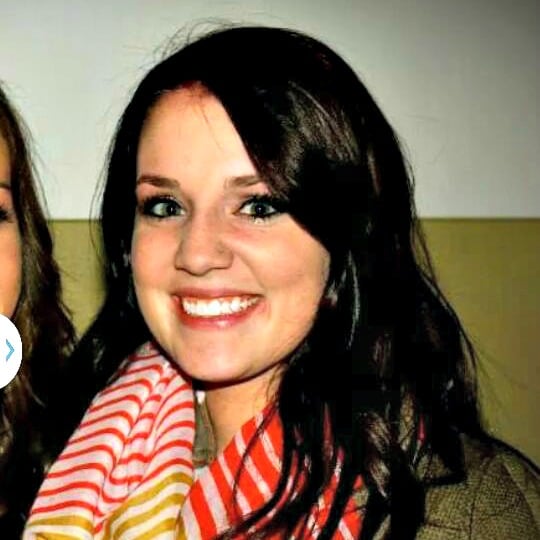It was just another day of college as I got up to go to my clinical rotation for nursing school. When I got home, I noticed a sharp pain under my left breast that, as the night went on, radiated to my back and up my left shoulder blade. Just to be safe, I went to the emergency room. They took my vitals, did an assessment, and then they left. The nurse came back in and said that I was diagnosed with chest wall pain. She gave me pain medications and sent me home, although I was still in a tremendous amount of pain.
The next morning started with the same routine. I got up, went to nursing clinical and came home, but this day was different. As I sat down to eat lunch, I noticed my respirations were getting higher and the pain was getting worse. My classmates and I got up to go back to the floor, but I couldn’t walk. The pain was getting worse, and it was getting more and more difficult to breathe. I thought to myself that this “chest wall pain” was something more serious, so I left early. My instincts as a nursing student told me to go back to the ER, be an advocate for myself, and say that labs, a chest x-ray or CT scan needed to be done. I ended up falling asleep that night, but woke up at 2:00 in the morning with even worse pain, difficulty breathing, and respirations in the mid 30’s. I called the emergency room, and they said they were sending out an ambulance, and off I went.
When the doctor saw me in the emergency room, I could tell she was moving quickly, either because it was a busy night or something was seriously wrong with me. My nurse told me that he was going to start an IV, take some labs, and I was going to be sent down for a CT scan. A few hours later, the doctor came in and said that I had bilateral pulmonary emboli. My heart and stomach sank. For the first time, I was admitted to the hospital. I was put on a heparin drip, and I was getting pain medications every three hours, vitals every two hours, and labs every six hours to monitor my PTT (how long it takes the blood to clot), since I was on heparin and heparin can affect the PTT.
So here I am, a 22-year-old active college student, with blood clots in my lungs. The only risk factor I had was taking estrogen-based birth control. I have never smoked, I am not overweight, and I don’t have a sedentary lifestyle. As women, we hear about the risks of birth control, but still continue to take it, not even thinking about the risks. I never thought I would be part of the statistics. My doctor said she’s been practicing for 35 years and has never seen this in a 22-year-old, yet here I am. Who would have thought that such a tiny pill could have caused this? What if I never went back into the emergency room that second time? I have been on birth control for six years, and I wonder, why now? I’ll never know, but I am done taking my estrogen-based birth control.
It has been one week since I was discharged from the hospital, and I am on multiple pain medications. I will be taking an oral anticoagulant for four to six months, as the clots will hopefully dissolve on their own. I still get winded, and I still can’t fully lay on my back to sleep at night because of the pain. This will affect my life forever. I will be at a greater risk of blood clots for the rest of my life, since I now have a history of blood clots. I will also have to worry about getting cut because of being on an anticoagulant, I will be at risk for bleeding more than normal.
Ladies, trust your body and know the signs and symptoms of PEs and DVTs, as these conditions are not to be messed with. Be aware of the side effects of your medications. Blood clots, especially in the lungs, can be life-threatening, and I don’t want this to happen to anyone else. I am on the road to recovery, but it’s going to be a long one.




